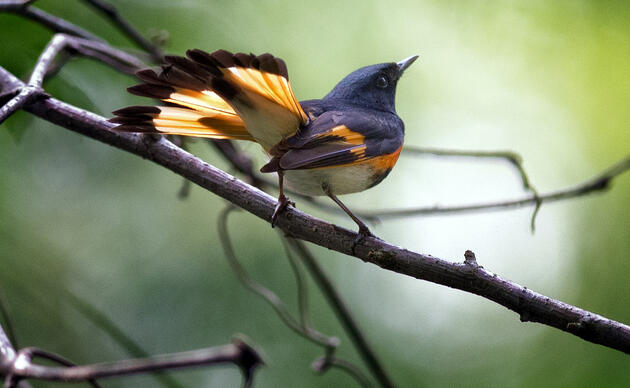What makes a financial advisor, used to walking the halls of Fortune 500 companies leave it all behind to start a Living Shorelines business? A lucrative market, of course, but also the chance to make a lasting difference in vulnerable coastal communities.
After Thomas J. Brown flew from New York to Florida to learn about emerging technology for a client, he knew instantly that it would change the tide of both his career and environmental conservation. Enter: WADs, short for “Wave Attenuation Devices,” and the foundation of Brown’s company, Living Shoreline Solutions. WADs are innovative structures that, when placed in the water along shorelines, reduce the amount of wave energy reaching the coast.
As sea levels rise and storms become more intense and frequent, coastal erosion has worsened. Reducing the intensity and height of waves that hit the coast offers myriad benefits: erosion mitigation and prevention, increased protection for important shoreline habitats, and the opportunity to build back lost land by allowing sand to accrete. The advantages of WADs extend underwater as well; within the calmer waters between WADs and the shore, seagrass beds flourish, creating key fish habitat. WADs are an ecologically-minded alternative to dredging and other types of wave-refracting infrastructure that disrupt existing habitat or don’t offer the same habitat benefits. The ultimate result is a living shoreline that supports healthier, more Brown recognizes that ecosystems need time to adapt to a rapidly changing climate and that the pace of sea level rise and other climate impacts outstrips some ecosystems’ adaptation potential.
“Climate change is a big issue especially if the land itself is disappearing into the water,” he says. However, he also recognizes the enormous potential for natural engineering solutions that can help bridge this gap. The demand for innovative climate technologies that protect communities, wildlife, and natural spaces make WADs both desirable and profitable. “I went into the business because one, I understood the technology and how it worked, and two, I saw unlimited worldwide demand,” Brown explains.
Brown’s first project with Living Shoreline Solutions was with Audubon Florida at Tampa Bay’s Alafi a Bank Sanctuary. The sanctuary hosts up to 18,000 nesting pairs of birds and is one of the largest colonies in Florida. Reduced shoreline erosion has already protected vulnerable nesting islands through two storm seasons.
Since partnering with Audubon Florida, Brown has worked in Florida and across the United States to protect shores. By partnering with local governments, various organizations, and the Army Corps of Engineers, Living Shoreline Solutions has burgeoned, and Brown is excited for the projects on the horizon, both in the United States and beyond.
When asked about the legacy he would like to leave, Brown says “if my little role is that I have introduced to the US, and the world, technology that allows them to stop erosion and counteract some of the climate change issues that we are going to face in the next 50 years, then I have done my job”.
How you can help, right now
Donate to Audubon
Help secure the future for birds at risk from climate change, habitat loss and other threats. Your support will power our science, education, advocacy and on-the-ground conservation efforts.
Become a Monthly Donor
Donating monthly is flexible, easy and convenient and makes you a champion birds can count on, no matter the season.
Volunteers Needed
Florida's birds and wildlife need your time and energy. Learn how you can become a citizen scientist or a volunteer at one of our nature centers today.




